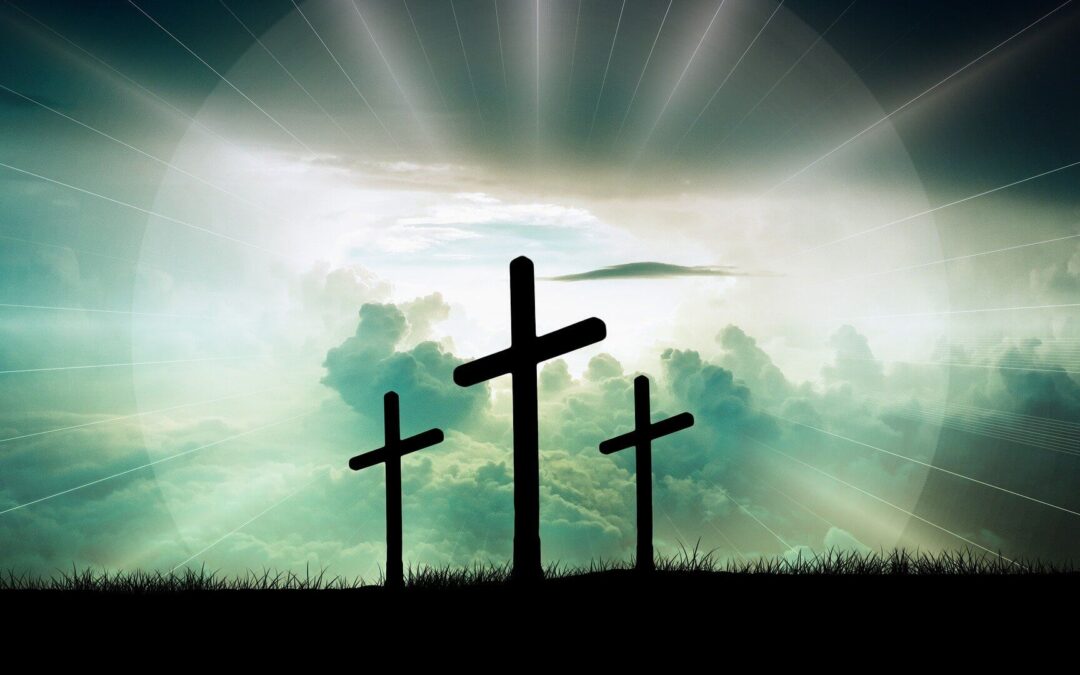For I came down from heaven, not to do Mine own will, but the will of Him that sent Me. John 6:38 KJV
For I have come down from heaven, not to do My own will, but the will of Him who sent Me. John 6:38 NASB
And as Moses lifted up the serpent in the wilderness, even so must the Son of man be lifted up. John 3:14 KJV
As Moses lifted up the serpent in the wilderness, even so must the Son of Man be lifted up. John 3:14 NASB
In the expression, “I came down,” we are reminded of the grace of the Lord Jesus Christ. No external demand, other than the will of His Father, was involved. No committee from earth petitioned for this cosmic rescue. Quite the opposite! When He came, we cast Him out of His own creation. He “came down.” It meant coming down in outward dignity and glory. It meant “coming down” from the place of being served to being a servant. It meant “coming down” from recognized and acknowledged deity (Isaiah 6) to misunderstanding and false accusation. He “came down” is a poignant reminder of all He sacrificed for us in His advent into this world.
But when we consider that He “came down” in order to be “lifted up,” we not only bow in wonder, but we rise in worship. He, the Son of Man who deserved and merited everything, was lifted up on a cross. He was deemed worthy, not of the throne but of the tree; not of the crown of universal rule but of a cross of universal reproach. His lifting up was not a lifting up in the esteem of men. It did not mean a  lifting up in position or rank among men. It involved a cross and shame; suffering and death.
lifting up in position or rank among men. It involved a cross and shame; suffering and death.
Three times over in John’s Gospel we read of His being lifted up (ch 3:14; 8:28; 12:34). To the men of His day, the “lifting up” of the Son of Man seemed a theological paradox. They had heard that the Christ should abide forever. How could the Son of Man be lifted up and die? Their Scriptures pointed to a Messiah Who would reign and redeem in power; but they failed to see a Messiah Who must first redeem by blood. The reconciling of these two truths was difficult for them to see. For us it is a source of worship and praise.
Consider
- Look at the three references mentioned in John’s Gospel to His being lifted up and notice the context and difference in each.
- In how many ways can you link the uplifted serpent with the uplifted Christ in John 3:14?

